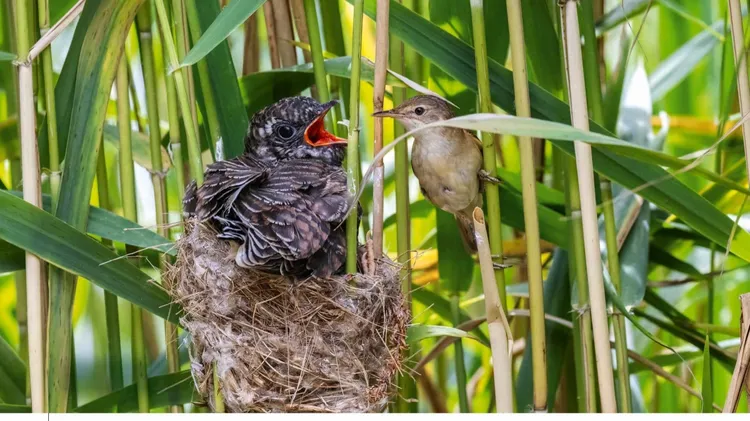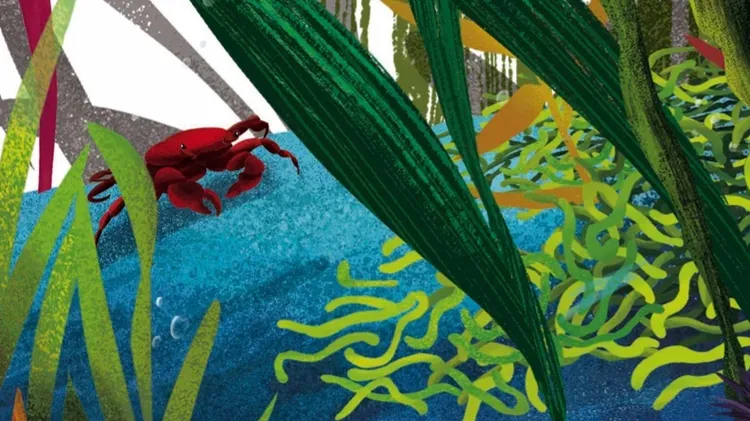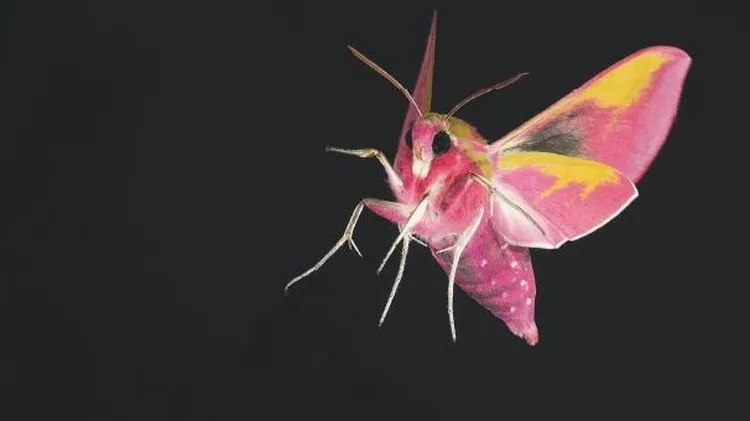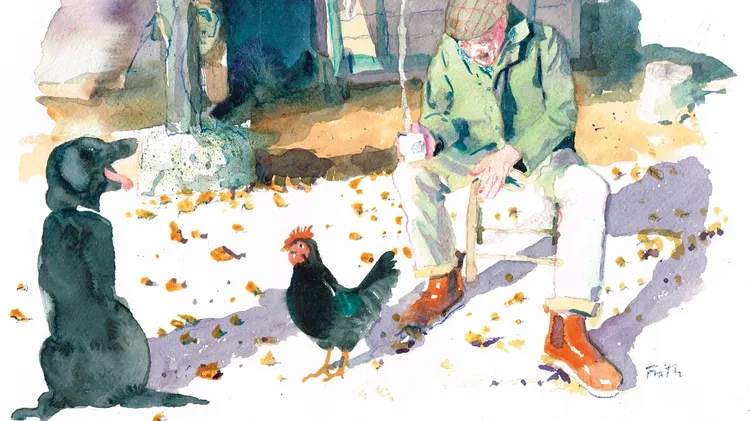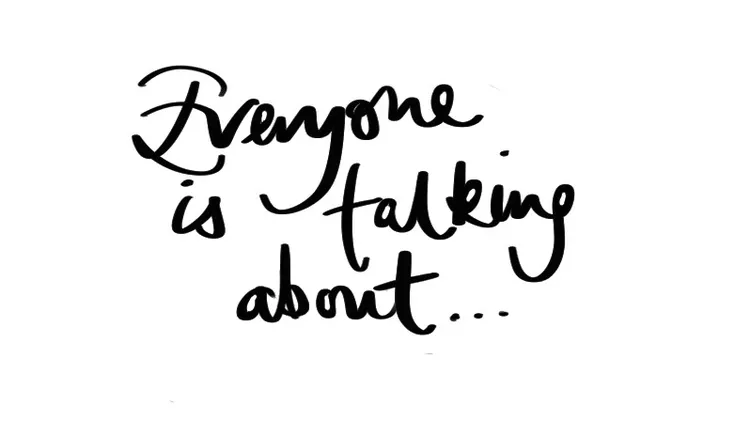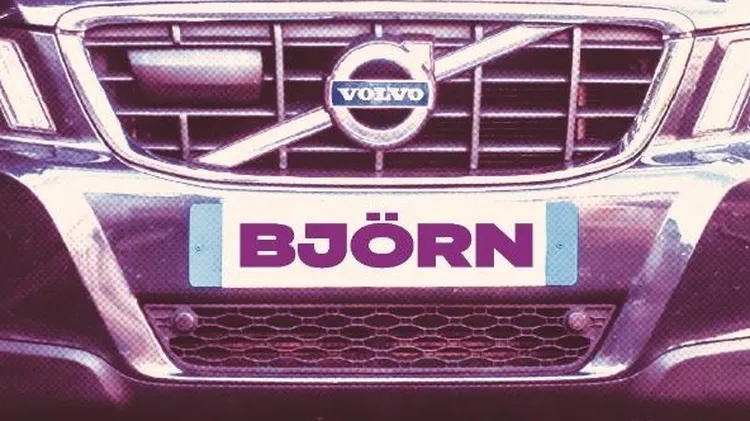Animals evolve over time to become perfectly adapted to their e
When evolution misses the mark
7 min read
This article is from...
Read this article and 8000+ more magazines and newspapers on Readly

